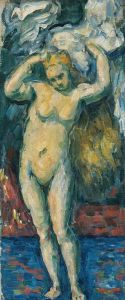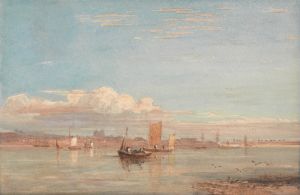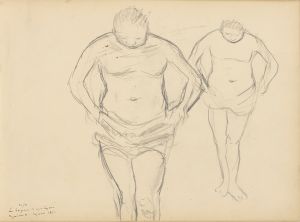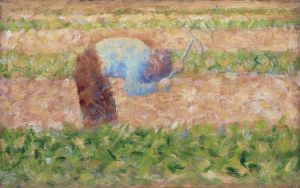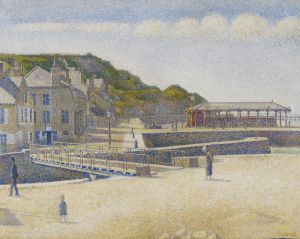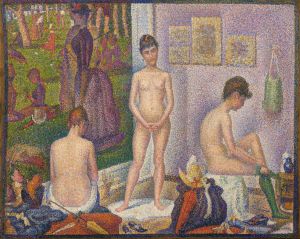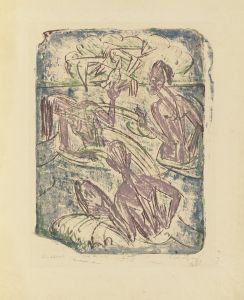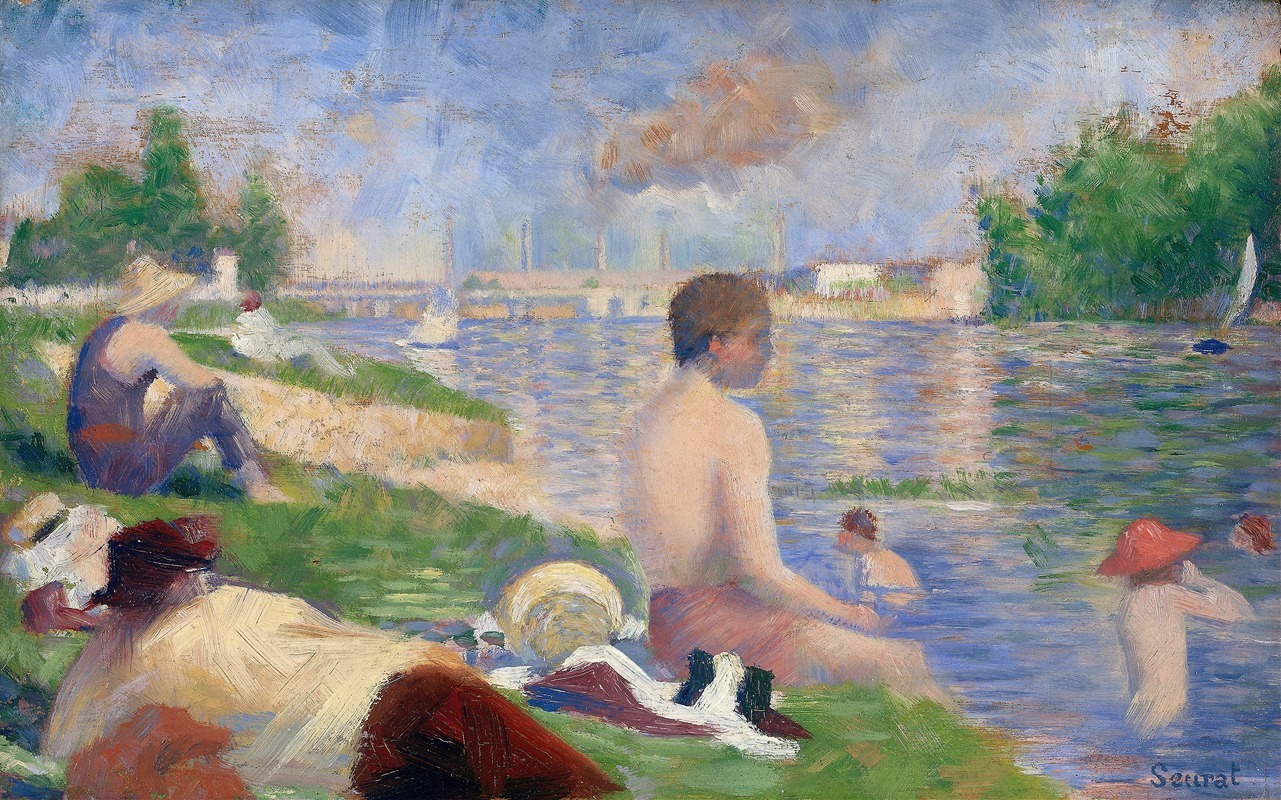
Final Study for “Bathers at Asnières”
A hand-painted replica of Georges Seurat’s masterpiece Final Study for “Bathers at Asnières”, meticulously crafted by professional artists to capture the true essence of the original. Each piece is created with museum-quality canvas and rare mineral pigments, carefully painted by experienced artists with delicate brushstrokes and rich, layered colors to perfectly recreate the texture of the original artwork. Unlike machine-printed reproductions, this hand-painted version brings the painting to life, infused with the artist’s emotions and skill in every stroke. Whether for personal collection or home decoration, it instantly elevates the artistic atmosphere of any space.
"Final Study for 'Bathers at Asnières'" is a preparatory work by the French post-impressionist artist Georges Seurat, created in 1883-1884. This study was part of Seurat's meticulous process leading to his larger and more famous painting, "Bathers at Asnières," completed in 1884. Seurat is renowned for pioneering the technique known as pointillism, a method of painting in which small, distinct dots of color are applied in patterns to form an image.
The "Final Study for 'Bathers at Asnières'" reflects Seurat's interest in capturing modern life and leisure activities along the Seine River, a popular subject among artists of the time. The scene depicts a group of young men relaxing by the riverbank in the suburb of Asnières, just outside Paris. This location was a burgeoning industrial area, and Seurat's choice to depict it highlights the intersection of urban development and natural landscapes, a theme prevalent in his work.
Seurat's study showcases his early exploration of color theory and light, which would become central to his artistic approach. He was influenced by scientific theories of color and perception, particularly those of Michel Eugène Chevreul and Ogden Rood. These theories posited that contrasting colors, when placed next to each other, would enhance each other's intensity. In this study, Seurat experimented with these ideas, laying the groundwork for the more refined techniques he employed in the final painting.
The composition of the study is carefully structured, with figures arranged in a harmonious balance that guides the viewer's eye across the canvas. Seurat's use of light and shadow in the study demonstrates his skill in creating depth and atmosphere, capturing the tranquil yet vibrant mood of a summer's day by the river. The figures are depicted in a relaxed manner, engaging in various leisurely activities such as swimming, lounging, and conversing, which conveys a sense of calm and contemplation.
While the "Final Study for 'Bathers at Asnières'" is not as detailed as the completed painting, it provides valuable insight into Seurat's artistic process. The study reveals his methodical approach to composition and his dedication to achieving a harmonious balance of form and color. It also illustrates his commitment to portraying contemporary life with a sense of timelessness and universality.
The study is an important piece within Seurat's oeuvre, as it marks a pivotal moment in his development as an artist. It serves as a testament to his innovative spirit and his quest to merge scientific principles with artistic expression. Today, both the study and the final painting are celebrated for their contributions to the evolution of modern art and their influence on subsequent generations of artists.
Seurat's work, including the "Final Study for 'Bathers at Asnières'," continues to be studied and admired for its groundbreaking approach to color and composition, as well as its insightful portrayal of the social and cultural dynamics of late 19th-century France.





